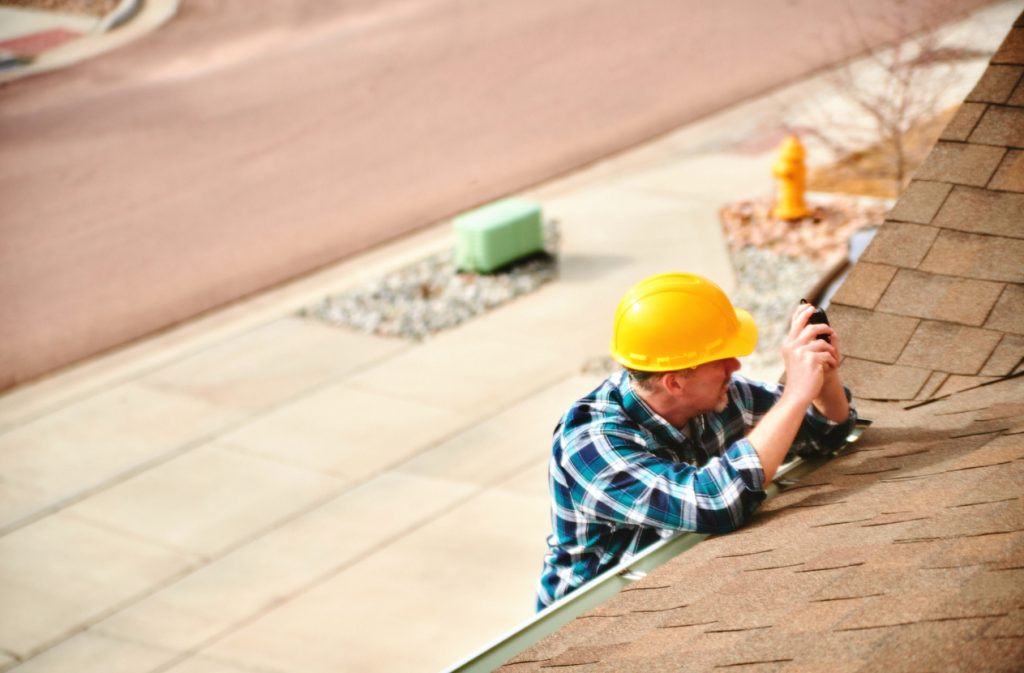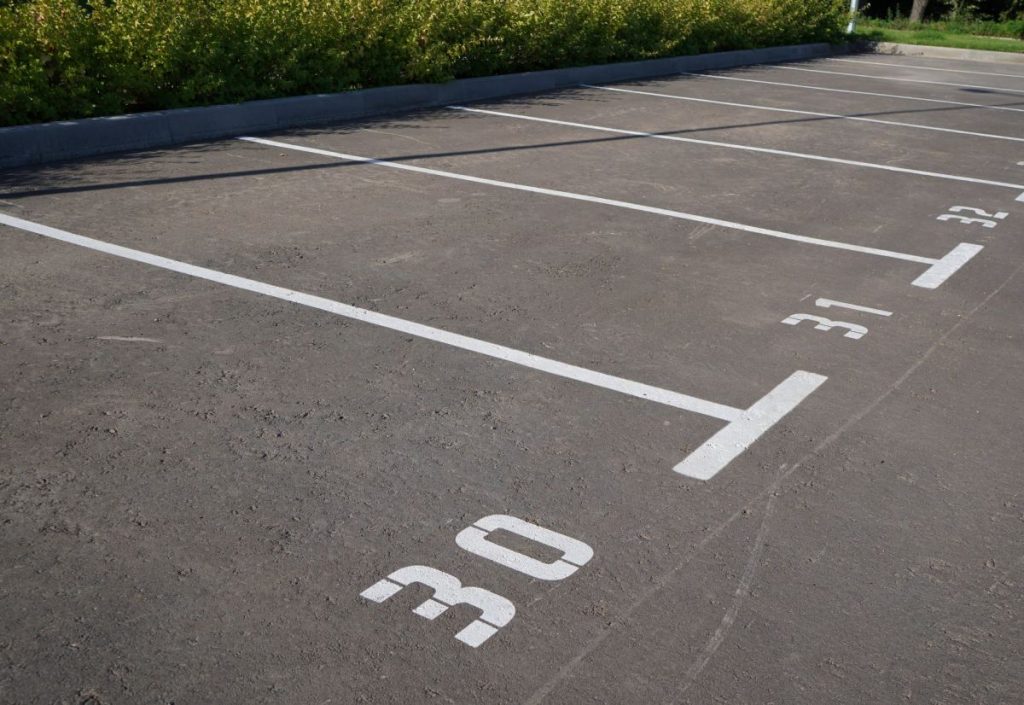Following a hurricane, hailstorm, or strong thunderstorm, property managers and association boards should not make the mistake of sending the maintenance employee as the only person to inspect for possible damage to the roof. Roof damages are difficult for untrained people to detect. Insurance companies send adjusters to specialized schools taught by roof damage specialists to learn how to determine if strong winds or hail damaged a roof. By not sending a trained roof damage specialist, millions of dollars can be lost as a result of roofs wearing out far sooner than expected or leaks developing from the previously unfound damage, causing damage to the roof underlayment and whatever is under the roof.
Steve Thomas of Roof Leak Detection conducts inspections for insurance companies as part of their underwriting process of large commercial, condominium, and apartment roofs. He wrote an article, Hire A Professional to Inspect Your Roof Following Hurricanes or Severe Weather Events. He answered the question to his article with this:
Why? The obvious reason is many homeowners and maintenance personnel do not know what to look for. That’s not a knock on them—roof damage can be very obvious or subtle.
Yesterday in your blog post, Hurricane Roof Damage? How Does a Policyholder Know?, you showed a picture of damage that cannot be seen from the ground, ariel imagery, or a drone. Your photo showed a point load fracture which is a clear sign of wind damage. What is a point load fracture? In a high wind event, mechanically attached tiles with screws or nails can flutter in the wind. During this upward and downward movement, the tile is placing pressure at the point of fastening. Two things can occur.
1. The tile can loosen the fastener, thus elongating the hole in which the fastener is secured to the decking and cause the loosening of the fastener. This can also result in moisture ingress into the structure through this opening.
2. The tile can fracture at the point of fastening. Point load fracturing is caused by movement of the tile during a high wind event. Not foot traffic (unless you’re wearing high heels on the roof) or thermal expansion and contraction! This damage is often missed by many not familiar with wind damage.
Many are of the belief that when a tile lifts, it will fly off the roof, but see the photos below taken five days after a hurricane hit. The tiles are stuck in an uplifted position! Furthermore, many purported experts believe that when tiles or tile fragments are loose, they will fly off the roof—again….
Large roofs are significant investments. If damages are not reported and fixed, that investment will lose value and potentially cause additional damage far beyond the roof. The safe and prudent thing to do following any hurricane, major windstorm, or hail event is to retain a professional to inspect the roof for subtle forms of damage an untrained person would certainly miss.



